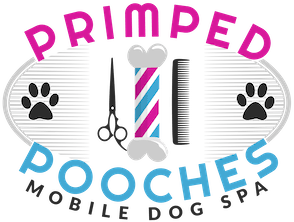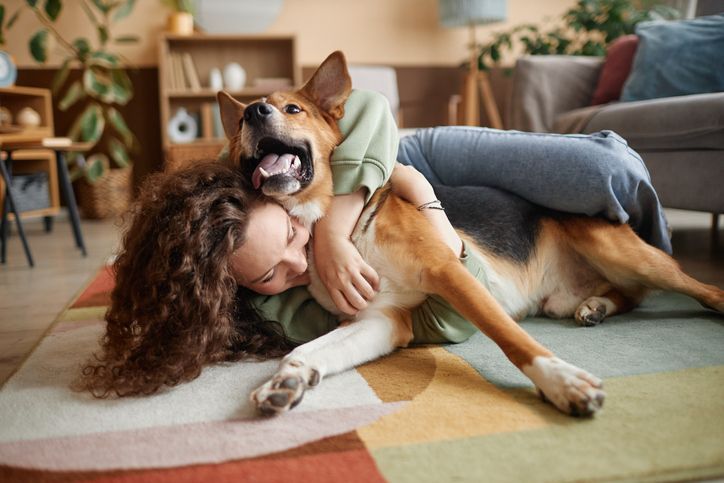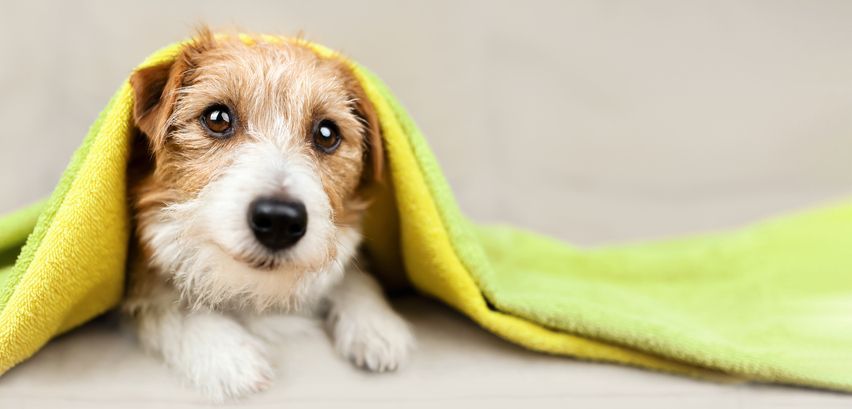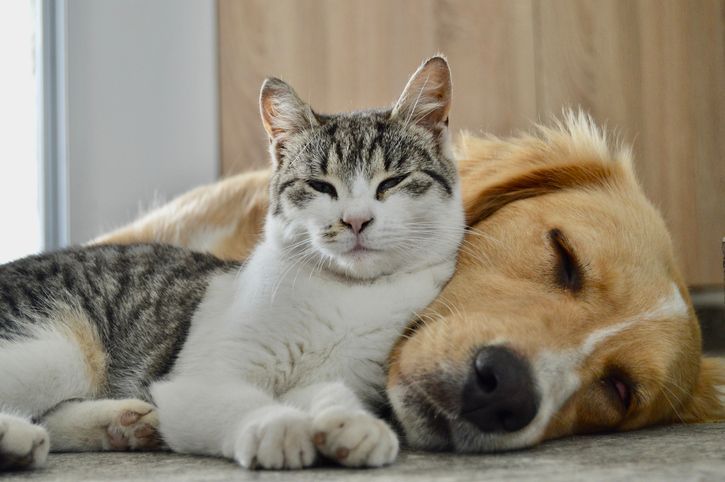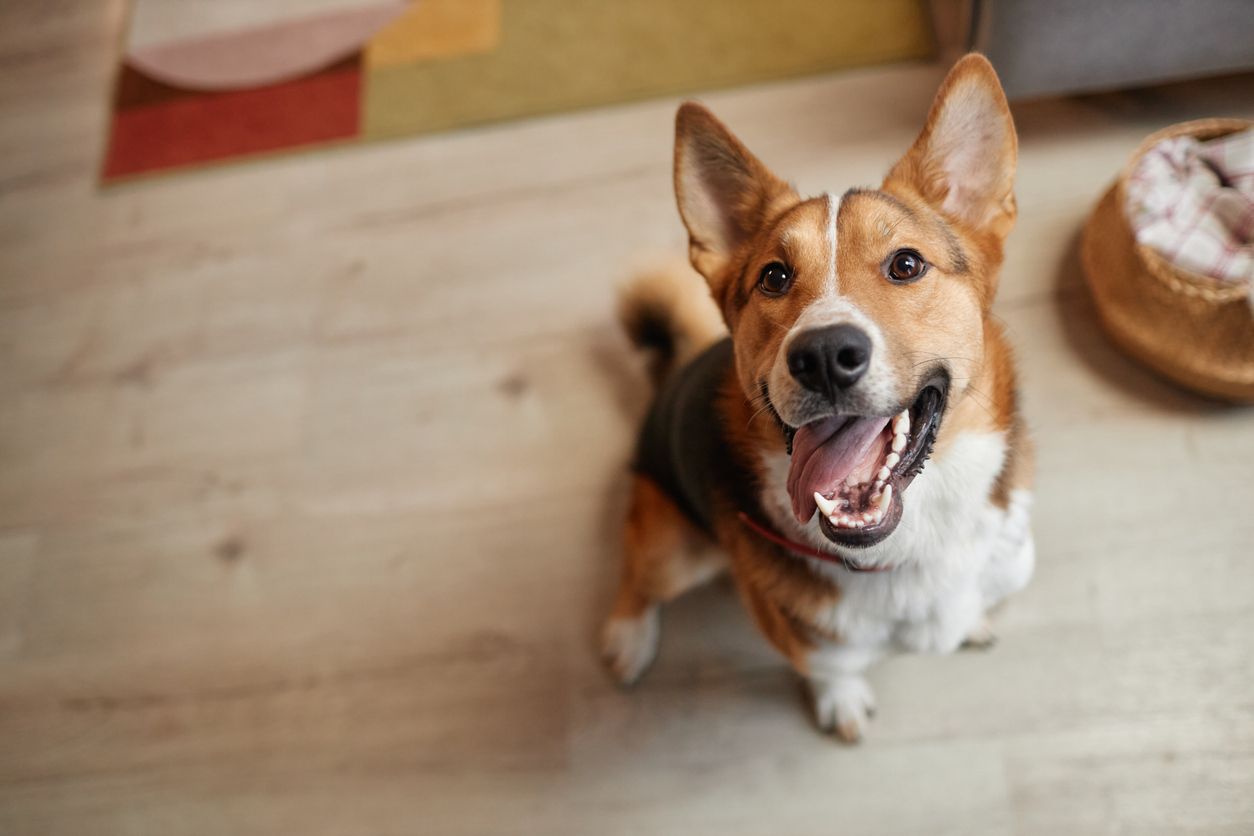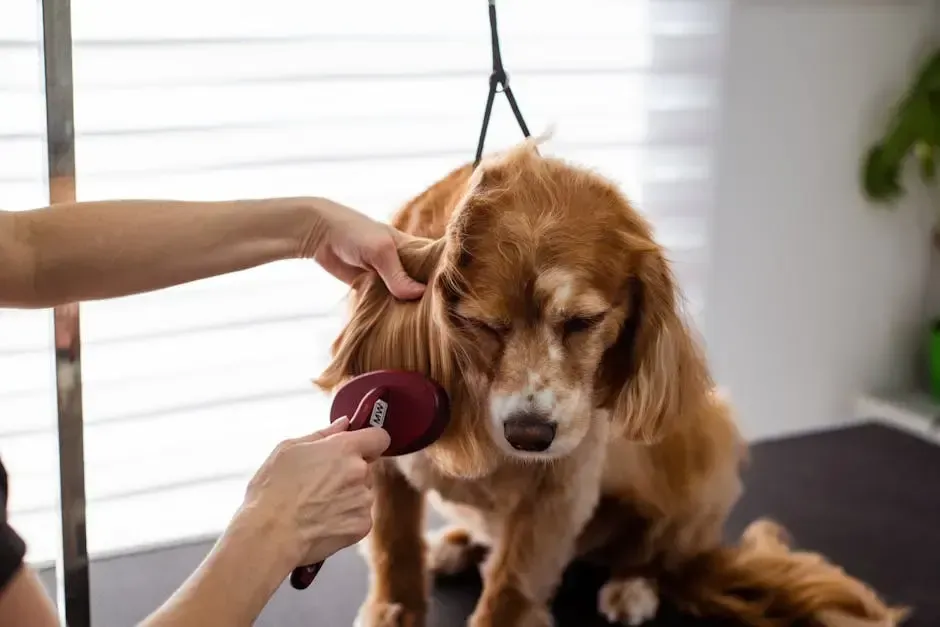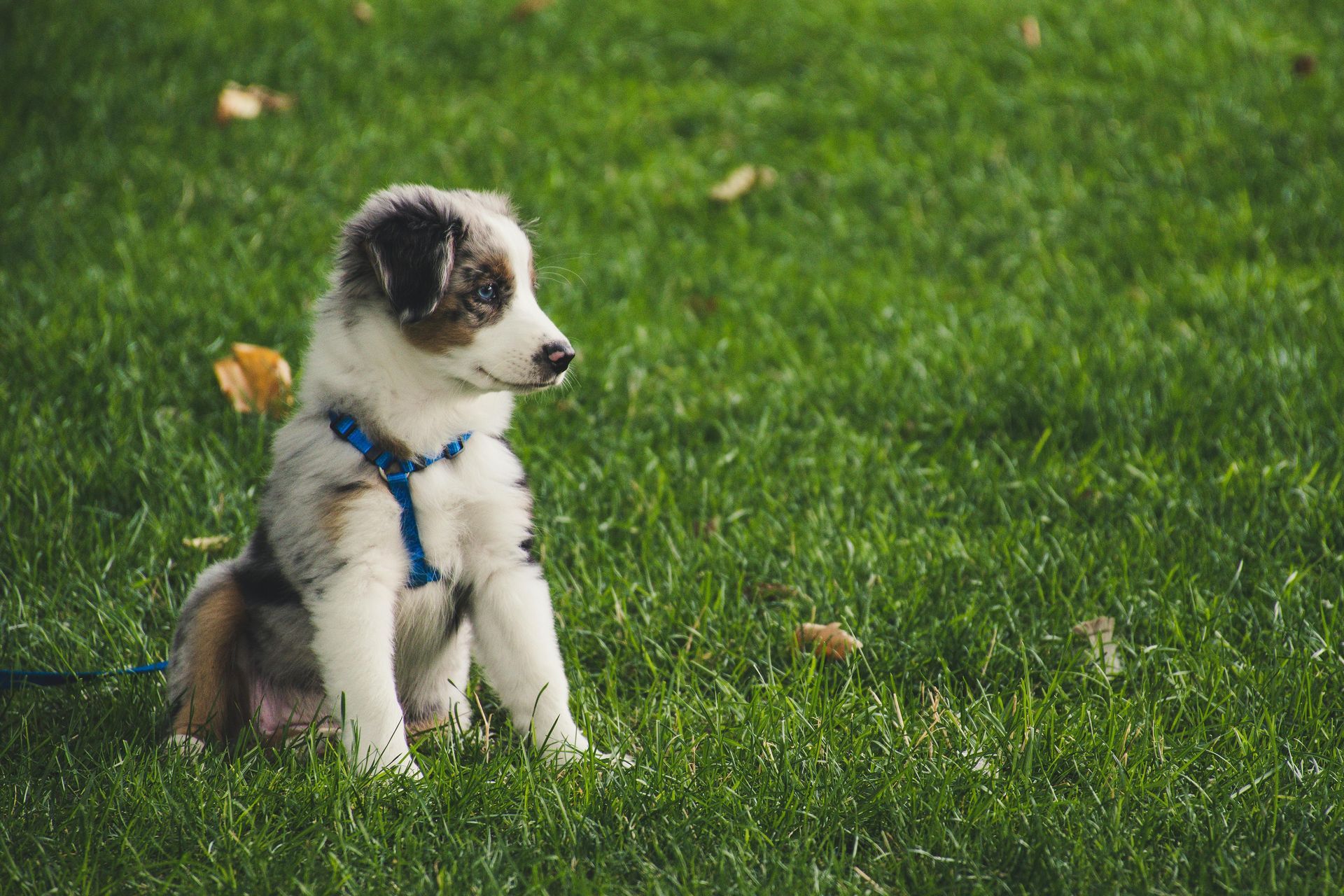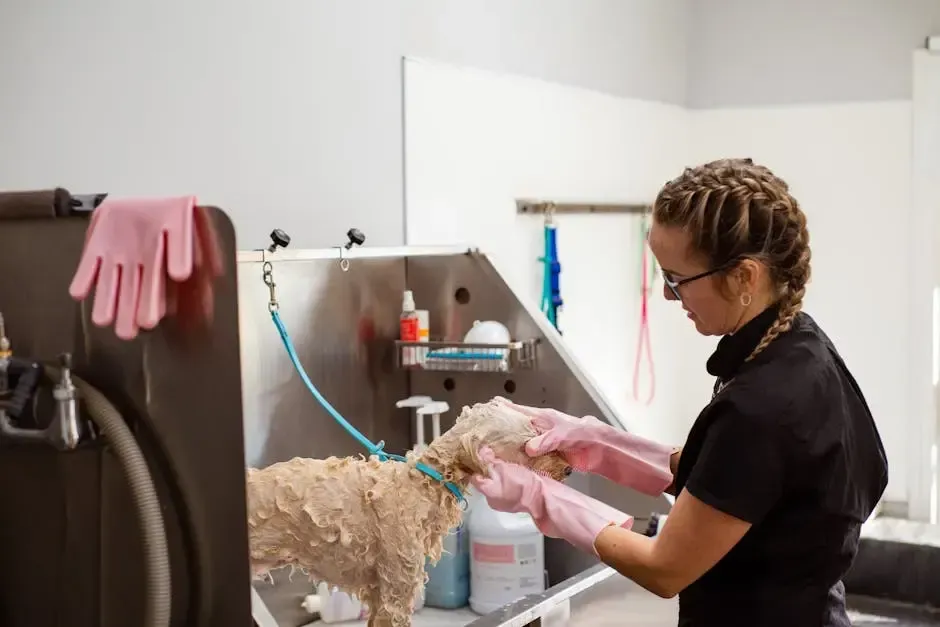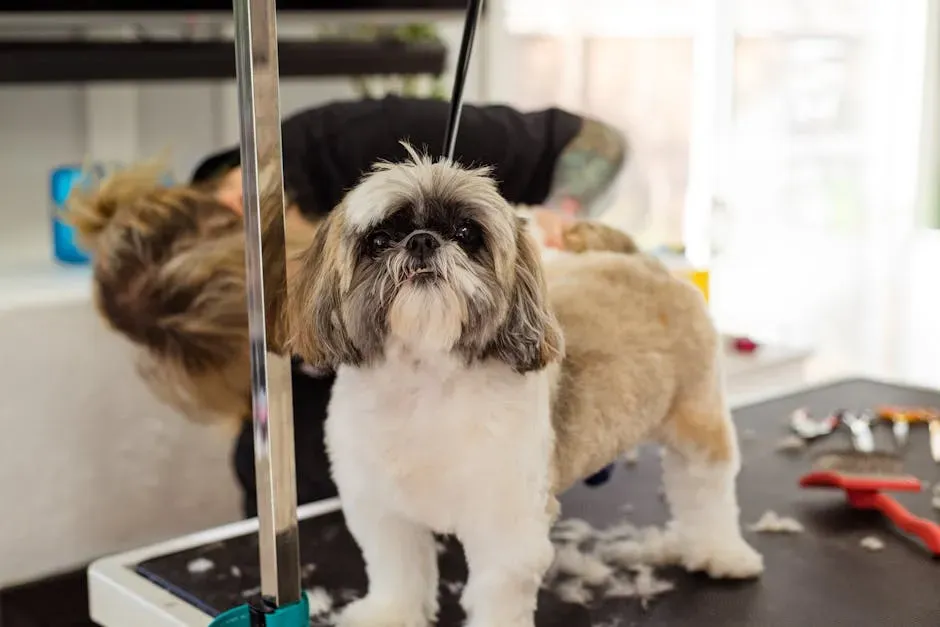How To Combat Shedding - Mobile Dog Grooming De-shedding Treatments Explained
Understanding the factors affecting dog shedding

Shedding can be a frustrating challenge for dog owners, but with the right techniques, you can manage it effectively. By exploring various mobile dog grooming de-shedding treatments, you’ll be able to significantly reduce the amount of fur your dog leaves behind. These professional dog grooming services not only enhance your dog's coat health but also promote a cleaner living environment. In this post, you'll discover practical tips and insights on how to tackle shedding, ensuring you and your furry friend enjoy a happier, less messy life together.
Understanding Dog Shedding
A dog's shedding is a natural process that varies among breeds and seasons. As a pet owner, it’s important to understand shedding patterns to keep your home and your pup comfortable. Knowing when your dog is likely to shed more can help you prepare for the extra fur around your living space, making it easier to manage cleaning and grooming routines.
Natural Shedding Cycles
Cycles of shedding typically align with seasonal changes. Most dogs will shed more in the spring and fall, a process known as blowing their coat. During these times, your pet's body adjusts to the changing weather, which can lead to an increase in fur loss. Regular grooming helps manage this natural shedding, keeping your dog's coat healthy and your environment tidier.
Factors Affecting Shedding Intensity
One important aspect of shedding to consider is the factors that can influence its intensity:
- Breed
- Age
- Health
- Diet
- Environmental conditions
Any of these factors can contribute to how much shedding you experience from your dog.
With understanding the factors affecting shedding intensity, you can better manage your dog’s grooming needs. For instance, breed plays a significant role, as some dogs naturally shed more than others. Age can also impact shedding; younger dogs may shed differently than older ones. Regular health checks can help identify any health conditions that may lead to increased shedding. Additionally, a healthy diet and proper environmental conditions are imperative for a well-maintained coat. Any changes in these areas may result in noticeable variations in your dog's shedding patterns.
Professional De-shedding Treatments
Assuming you are concerned about your pet's excessive shedding, professional de-shedding treatments may be the solution you need. These specialized services utilize high-quality products and techniques tailored to your dog's specific coat type and shedding level. For more tips, check out How to Tackle the De-shed to ensure you’re making informed decisions.
Mobile Grooming Benefits
Some of the main benefits of mobile grooming include convenience and personalized care. By bringing the grooming salon to your home, you can avoid the stress of travel for you and your pet, while enjoying the one-on-one attention your dog will receive.
Available De-shedding Techniques
To effectively reduce shedding, various de-shedding techniques are available. Each method can cater to the unique needs of your dog, ensuring optimal results.
Deshedding treatments typically involve a combination of specialized tools and techniques, such as high-velocity dryers, which quickly remove loose fur, and that help reach the undercoat. Implementing these strategies during each grooming session can lead to a significant reduction in shedding. Additionally, using de-shedding shampoos can further enhance coat health and minimize loose hair. Be sure to consult with a professional groomer to identify the most effective techniques for your specific dog's needs.
Essential De-shedding Tools
Even the best mobile dog grooming services rely on the right tools to effectively combat shedding. Investing in crucial de-shedding tools not only helps in reducing hair fall but also promotes a healthy coat for your furry friend. From slicker brushes to vacuum systems, having the right equipment can make all the difference in keeping your home fur-free.
Professional Equipment
Clearly, professional groomers utilize a variety of high-quality tools designed for optimal de-shedding. Specialized undercoat rakes, deshedding blades, and grooming tables enhance efficiency, making it easier for you to achieve excellent results. The effectiveness of these instruments can lead to a healthier coat and reduced shedding over time.
At-home Maintenance Tools
For maintaining your pet’s coat at home, several effective grooming tools are crucial to manage shedding in between professional groomings. Regular use of grooming gloves, bristle brushes, and deshedding tools specifically designed for your dog’s breed will help you control the shedding process significantly.
It’s vital to choose the right tools that suit your pet’s coat type. Using grooming gloves allows you to bond with your dog while effectively removing loose hair. On the other hand, bristle brushes are great for smoothing the coat while minimizing breakage. Meanwhile, a deshedding tool specifically designed for your dog's coat type can help remove undercoat hair without damaging the top coat. Maintaining a consistent grooming routine with these tools ensures a healthier coat and significantly less shedding within your home.
Step-by-Step De-shedding Process
Now, let's break down the de-shedding process into manageable steps that you can easily follow to help your dog shed less.
Process Breakdown
Step Action
- Assess your dog's coat type.
- Prepare your dog for grooming.
- Choose appropriate grooming tools.
- Apply de-shedding treatment.
- Brush thoroughly to remove loose fur.
- Finish with a clean-up and check.
Pre-treatment Preparation
Some crucial pre-treatment preparations enhance the de-shedding process. Begin by ensuring your dog is calm and comfortable. Choose a well-lit area, free from distractions, to make the process smoother. Gather all necessary tools, such as a de-shedding brush, grooming gloves, and de-shedding sprays. Make sure to have treats on hand as positive reinforcement to reward your pup throughout the grooming session.
Treatment Application Methods
The application methods for de-shedding treatments can greatly affect your dog’s comfort and the effectiveness of the process. Start by applying a de-shedding spray or conditioner evenly throughout your dog's coat before beginning to brush. This helps to lift loose fur, making it easier for you to remove during grooming.
Another effective approach is to use de-shedding tools designed specifically for your dog’s coat type. For instance, a rubber grooming glove can stimulate your dog's skin while removing dead hair without causing discomfort.
Additionally, using a slicker brush after applying a treatment helps to catch even the most stubborn loose fur. Be mindful not to apply too much pressure, as this may irritate your dog's skin, and always ensure to avoid any sensitive areas. This careful combination will make de-shedding not only effective but also a positive experience for you and your furry friend.
Maintenance Tips
Many dog owners face the challenge of excessive shedding. To effectively manage this, consider these maintenance tips:
- Maintain a consistent grooming routine
- Feed your dog a balanced diet
- Keep your home clean
- Stay hydrated to support
skin health
Thou can learn more about these practices in our guide on Understanding De-Shed Grooming Treatments for Dogs.
Daily Brushing Routines
Maintenance of your dog's fur is best achieved through daily brushing. This practice not only helps reduce shedding but also promotes healthy oil distribution on your dog’s skin. Aim for at least 5-10 minutes of brushing daily, focusing on problem areas prone to tangles and matting.
Dietary Considerations
Dietary elements play a significant role in managing shedding. Ensuring your dog consumes a high-quality, nutrient-rich diet can improve coat health and reduce shedding levels.
To further support your dog's coat, include healthy fats such as omega-3 and omega-6 fatty acids in their meals. These fats enhance skin hydration and overall coat condition, leading to a *reduction in shedding*. Additionally, be wary of low-quality ingredients, as they may result in skin irritation and increased hair loss. Consult with your veterinarian for personalized dietary recommendations to optimize your pet's grooming routine.
Breed-Specific Approaches
Your dog's breed will significantly affect their shedding patterns and the de-shedding treatments that are most effective. Different breeds have unique coat types, which require targeted grooming techniques to manage their specific shedding behaviors. By understanding your dog's breed characteristics, you can implement a tailored grooming routine that minimizes shedding while keeping their coat healthy and vibrant.
Heavy Shedding Breeds
An understanding of heavy shedding breeds, such as Huskies and Labradors, allows you to adopt effective grooming techniques. Regular brushing and professional de-shedding treatments can help manage their abundant fur, reducing the amount of hair left around your home.
Seasonal Shedders
Seasonal shedding affects many dog breeds, particularly those with double coats like Golden Retrievers. During these periods, you'll notice a dramatic increase in shedding, particularly during spring and fall, as they transition to lighter or thicker coats.
The shedding process for seasonal shedders can be quite alarming, with clumps of fur accumulating on your floors and furniture. To alleviate this, frequent brushing is imperative to remove loose hair before it spreads throughout your home. Additionally, consider scheduling professional grooming sessions during peak shedding seasons, ensuring that your dog remains comfortable and your living space stays tidy. By implementing a consistent grooming routine, you can effectively manage the chaos that often accompanies seasonal shedding.
FAQ
Q: What are the most effective de-shedding treatments available in mobile dog grooming?
A: Mobile dog grooming services often offer several de-shedding treatments tailored to various dog breeds and coat types. Popular methods include the use of specialized de-shedding tools such as slicker brushes, undercoat rakes, and de-shedding blades. Additionally, many groomers use high-velocity dryers that help remove loose hair and undercoat by blowing it out. Some grooming sessions may also include a bath with de-shedding shampoo and conditioner, which can help loosen and remove shedding fur while improving the coat's overall health.
Q: How can I maintain my dog's coat between mobile grooming sessions to minimize shedding?
A: To effectively maintain your dog's coat and reduce shedding between grooming appointments, establish a regular brushing routine based on your dog's coat type. Brushing at least once a week, or more frequently for heavier shedders, can help remove loose fur and prevent matting. Additionally, ensure your dog receives a balanced diet rich in omega fatty acids, as this supports a healthy coat. Hydration is also important, so provide fresh water daily. Regular baths can help, but be cautious not to over-bathe as it can strip natural oils; aim for a bath every 4-6 weeks.
Q: Are there any specific signs that indicate my dog may need a de-shedding treatment?
A: Signs that may suggest your dog requires a de-shedding treatment include excessive shedding noticeable on furniture and clothing, clumps of fur found around your home, or the appearance of a dull and unhealthy coat. You may also notice your dog scratching or licking excessively, indicating skin irritation often caused by loose hair or dander. If your dog is leaving a significant amount of hair wherever they lie down, it may be time to consult a mobile grooming service for a professional de-shedding treatment.
To wrap up
Now that you understand how mobile dog grooming de-shedding treatments work, you can effectively manage your dog's shedding with confidence. By choosing the right grooming tools, scheduling regular treatments, and adopting a proper brushing routine, you can keep your home cleaner and your dog's coat healthy. Be proactive in addressing shedding and enjoy the extra bonding time with your pet while ensuring they look their best.
